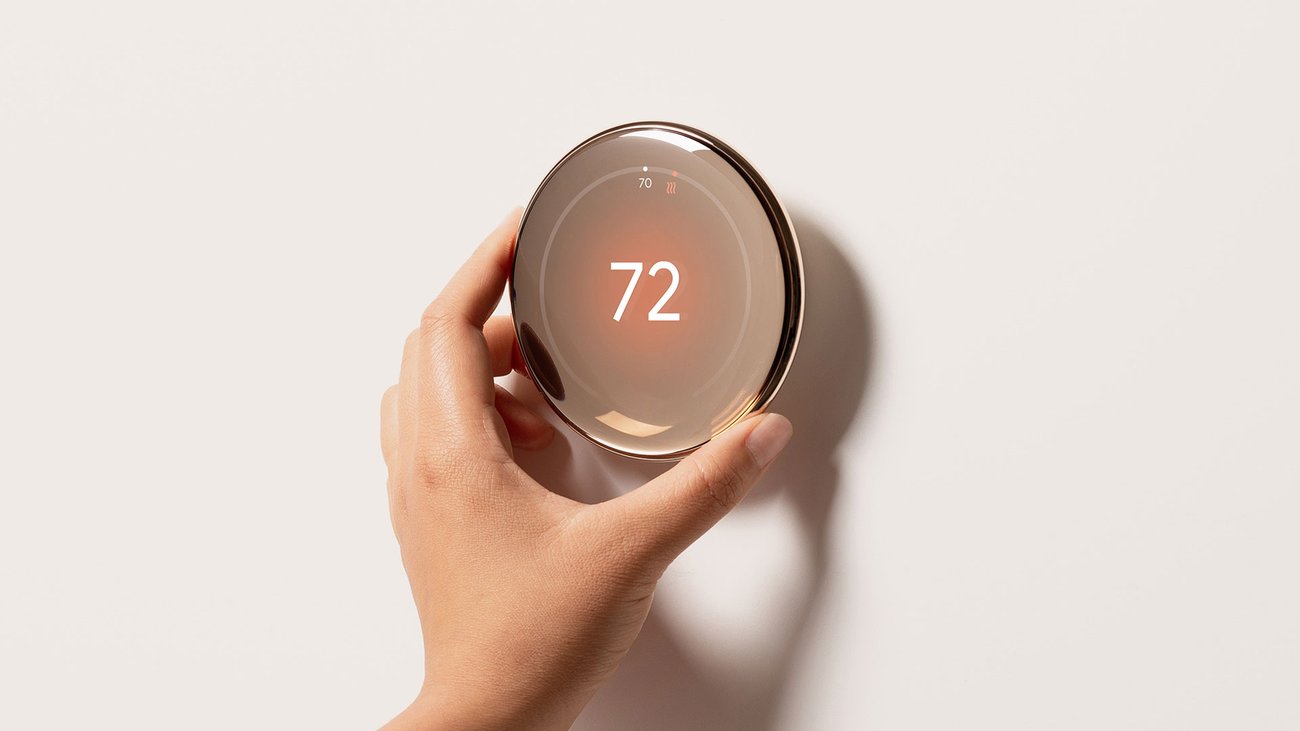Looking for the latest smart home automation market statistics?
With so many publications quoting different figures, it’s hard to find a definitive answer. That’s why we’ve reviewed the latest data from industry-leading research firms to bring you a clear picture of the smart home automation market in 2025.
Below, you’ll find a curated list of key home automation market statistics.
In addition to overall market value, we’ll also explore forecasted growth rates, usage statistics, popular devices, and the consumer concerns shaping the future of smart home technology.
Clearly Automated is an award-winning home automation company. We’re a specialist Lutron installer and one of only a handful of Lutron Diamond Dealers in the UK. Our projects have been recognised at the highest level with Lutron Excellence Awards and CEDIA Awards.
How big Is the Home Automation Market in 2025?
The global smart home automation market is valued at USD 89.8 billion in 2025.
The North American home automation market is estimated at USD 57.67 billion in 2025. In comparison, the European market is valued at USD 23.73 billion in 2025.
What’s the predicted growth of the home automation market?
The global home automation market is forecast to grow from USD 89.8 billion in 2025 to USD 116.4 billion by 2029, representing a compound annual growth rate (CAGR) of 6.6%.
In North America, the home automation market is expected to grow from USD 57.67 billion in 2025 to USD 73.49 billion by 2029, with a CAGR of 5.0%. In Europe, the market is projected to expand from USD 23.73 billion in 2024 to USD 32.67 billion by 2029, reflecting a CAGR of 6.6%.
In the Asia Pacific region, the market is expected to grow the fastest of any market, with a CAGR of 8.4% from 2024-2029.
The indirect sales segment is expected to be the fastest-growing sales channel, with a CAGR of 7.2% from 2024 to 2029. This category includes third-party providers such as retailers, wholesalers, and value-added resellers.
Retrofit installations are projected to be the fastest-growing installation type, with a CAGR of 8.4% over the same period. These upgrades make existing homes smart without major renovations, typically through lighting, security, heating, and cooling systems.
Smart Home Automation Usage & Devices
How many households use smart home devices in 2025?
In the United States, 54 million households have at least one smart home device.
According to Parks Associates, age groups are the biggest determinant in smart home adoption (see below) – but not the only one. Among U.S. households, 63% of those with children own a smart home product, compared to 37% of households without children.
In the United Kingdom, 64% of people report owning at least one smart device.
What percentage of households have adopted smart home technology?
In the United States, household penetration is 77.6% in 2025 and is expected to reach 92.5% by 2029.
What motivates people to adopt smart devices?
In the UK, the main reasons for adopting smart technology are convenience (53%), energy efficiency (39%), saving time (34%), security (34%), and productivity (26%).
How does smart home usage differ by age group?
Across the European Union, 84% of people aged 16–24 used at least one internet-connected device in 2024, compared with 45% of those aged 65–74.
In the United Kingdom, 36% of 18–24-year-olds want more health monitoring features in future devices, while 39% of adults aged 65 and over prioritise energy efficiency.
Which smart home devices are most commonly used?
The most popular smart home device are smart internet-connected TVs, present in 68% of households in the United States. This is up from 54% in 2020.
Smart TVs are present in 58% of homes in the European Union. This followed by wearables (30%), game consoles (20%), and smart speakers or audio systems (19%). Home automation devices are less popular, with 14% using internet-connected energy management systems, 13% using smart home appliances, and 12% using smart security devices. Meanwhile 8% use connected health devices and 2% use connected toys.
In Ireland, 30% of internet users use smart home security devices such as alarms, smoke detectors, cameras, or smart doorbells, up from 17% in 2022.
In the United Kingdom, the most common smart products are smart meters (39%), voice-controlled speakers (35%), home security cameras (18%), smart thermostats (14%), and smart lighting systems (12%).
What are the top concerns about smart home automation?
In the United Kingdom, 67% of residents express concern about privacy and security related to smart technology.
Other concerns among UK users are that devices are overpriced (35%), unusable without an internet connection (33%), raise data privacy issues (31%), could be hacked (28%), or that users might be locked out of devices (23%).
Across the European Union, 41% of individuals aged 16–74 who have never used smart devices said they simply do not need them. Other reasons cited were cost (9%), privacy concerns (8%), security concerns (7%), and lack of skills (6%).
Among Irish internet users who have not adopted home-connected systems, 67% said they did not need them, 26% cited privacy concerns, 21% cited security risks, and 15% said devices were too expensive.
In the United States, 52% of smart home device owners who set up a device themselves reported difficulty during installation or configuration.

